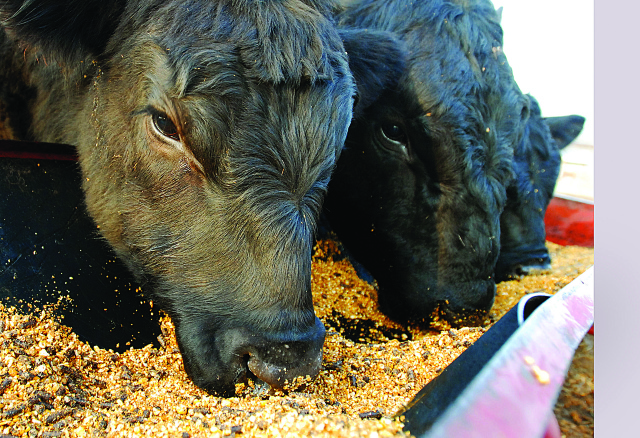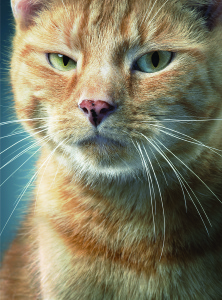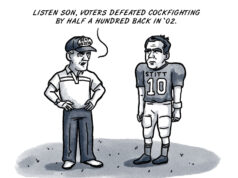
“Nothing like this has ever been done before in the history of animals and planet Earth,” said Louisa McCune. “And I’m not exaggerating that.”
McCune executively directs Oklahoma City’s Kirkpatrick Foundation, which published The Oklahoma Animal Study on Wednesday, an in-depth look at the well-being of Oklahoma pets, livestock, farm creatures, wildlife and laboratory animals.
The 200-page report calls out the best and worst of animal care in the state.
“Overall, we have some good things going on [in Oklahoma],” said Manda Shank, coauthor of the report. “We have some laws that protect our animals. The way we define what an animal is in our Constitution actually protects them from cruelty.”
But the report makes a dozen recommendations:
- updating and enforcing Oklahoma animal statutes, including a prohibition on gas chambers in animal shelters
- requiring and facilitating the licensing and inspection of all animal shelters
- discouraging the expansion of “concentrated animal feeding operations”
- encouraging and supporting sustainable agriculture procedures
- advocating for the use of pain alleviation in farm-animal procedures (such as castration, branding and dehorning)
- requiring the horse-racing industry to adhere to international care standards
- studying the prevalence of wild animals living on private property
- encouraging and developing human shelters that house pets with their owners
- supporting humane education among the next generation of Oklahomans
- creating a statewide animal emergency response plan
- educating the public about humane and non-lethal forms of wildlife conflict resolution
- educating the public about types of humane and inhumane hunting practices
“Oklahoma is thought to be way behind the curve on regulating dangerous, wild, exotic animals in private homes and facilities,” McCune said.
Rural areas fare less well on the charts than urban areas, said Shank, who added that public animal shelters rarely exist in rural communities.

One major Oklahoma offense, according to McCune, is the Pound Seizure law, which mandates that publicly funded shelters sell cats and dogs that haven’t been claimed to class B dealers — those who sell live animals to medical research facilities. Many of these animals are subjected to painful research without medication, McCune said.
“This study is going to become a model for other places,” McCune said. “There are a lot of places that are going to want to use our methodology. It’s the first of its kind. It truly is landmark.”
The Animal Legal Defense Fund, the Humane Society of the U.S. and a handful of other groups offer annual rankings of the states’ animal welfare. Historically, McCune said, Oklahoma has been in the middle of the pack.
The Animal Legal Defense Fund’s 2015 report bumped up Oklahoma from 33 to 17.
(Correction: This story has been updated to reflect Louisa McCune’s reference to Oklahoma’s Pound Seizure law more accurately.)





















